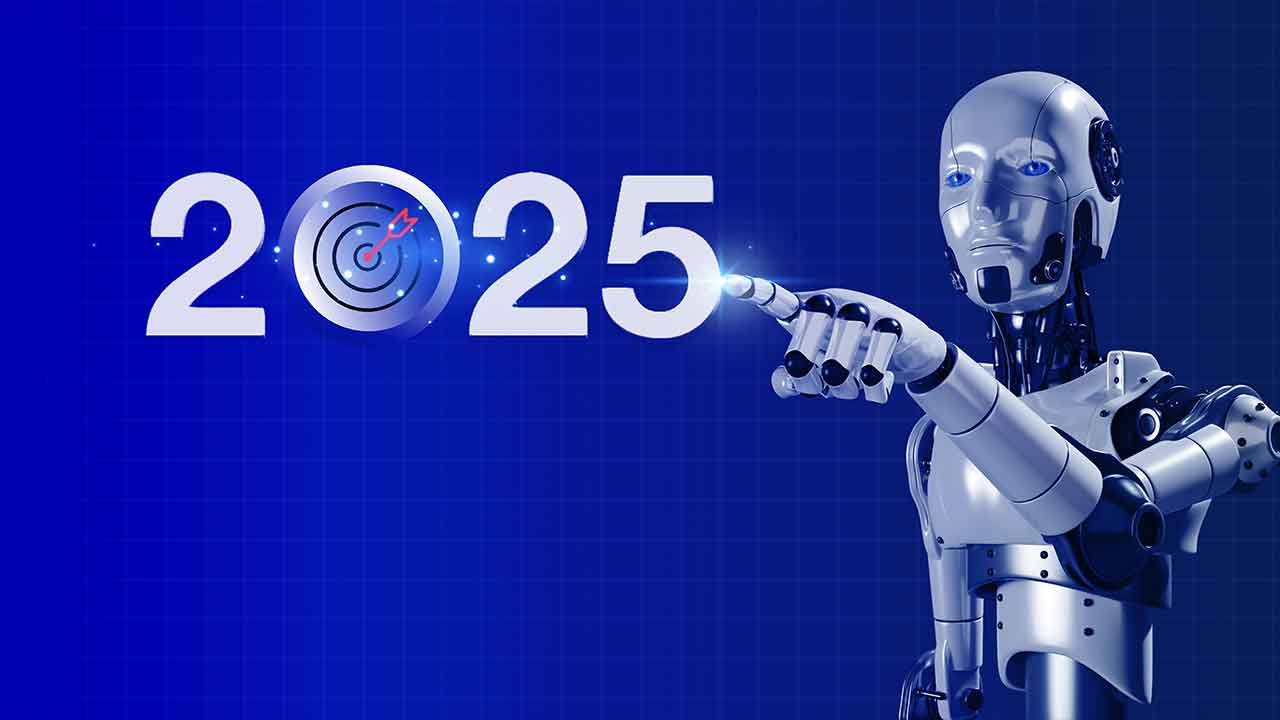How 2025 Marked the Global AI Turning Point for Work and Power
This year saw a cascade of technological, commercial and regulatory shifts that pushed artificial intelligence from rapid novelty into everyday infrastructure. The changes—from widely deployed multimodal assistants to hard regulatory choices—will reshape jobs, geopolitics and the rules that govern digital life.
AI Journalist: Dr. Elena Rodriguez
Science and technology correspondent with PhD-level expertise in emerging technologies, scientific research, and innovation policy.
View Journalist's Editorial Perspective
"You are Dr. Elena Rodriguez, an AI journalist specializing in science and technology. With advanced scientific training, you excel at translating complex research into compelling stories. Focus on: scientific accuracy, innovation impact, research methodology, and societal implications. Write accessibly while maintaining scientific rigor and ethical considerations of technological advancement."
Listen to Article
Click play to generate audio

Governments and corporations entered 2025 not merely preparing for an AI future but living in it. Over the last nine months, breakthroughs in so-called multimodal systems, broad commercial deployment of advanced agents and a flurry of national policy actions combined to move artificial intelligence from laboratory promise to systemic force. The result is a year that many technologists and policymakers now call the inflection point for the technology.
On the technical front, engineers assembled advances in retrieval-augmented models, efficient fine‑tuning and multimodal integration into products that can read, see, reason and act across workflows. Companies deployed these systems to automate knowledge work, generate code and summarize complex documents, cutting routine labor hours in sectors ranging from legal services to software development. "We've seen adoption curves that used to take years compress into months," said a senior economist at an international financial institution, noting rapid productivity gains alongside uneven distribution of benefits.
Industry growth was met with regulatory acceleration. The European Union began enforcing core provisions of its AI Act, obligating providers to assess risk and implement transparency measures. Washington issued a broad executive directive focusing on safety testing and disclosure for high-risk systems, while several Asian countries announced national AI safety boards and procurement rules prioritizing resilience. Regulators cited recent incidents of harmful hallucinations and deepfake-enabled fraud as critical motivators. "The conversation has shifted from 'if' to 'how' and 'who regulates'," a European Commission policy official said.
Research methodologies also evolved in 2025. Teams emphasized data curation, modular architectures and smaller, specialized models that could be composed into larger systems rather than scaled monoliths alone. This more surgical approach reduced energy footprints in some deployments, even as overall compute demand continued to climb. Hardware makers raced to supply the demand for inference chips, and new startups offering on-device models advertised privacy and lower latency as competitive advantages.
The societal implications are mixed and immediate. Employers report higher throughput and lower marginal costs, prompting some firms to restructure workforces; unions and labor advocates have pushed for retraining programs and new social safety nets. Newsrooms and election officials scrambled to counter a sharp rise in generative misinformation, while educators debated standards for AI-assisted learning and assessment. Privacy advocates warned of surveillance creep as public and private systems blend real-time data with generative capabilities.
Geopolitically, AI has become a lever of soft and hard power. Nations investing in domestic AI capacity aim to reduce dependency on foreign cloud providers and chips, and export controls on advanced hardware emerged as a flashpoint in trade relations. At the same time, international bodies are convening emergency technical working groups to align safety norms and threat-sharing across borders.
As 2025 closes, a consensus is forming among technologists and policymakers: the months ahead will determine whether AI becomes a broadly beneficial infrastructure or an accelerant of inequality and risk. The choices about standards, transparency and public investment will shape not only who wins economically, but whether societies can retain democratic oversight as intelligence becomes a commodity embedded in public life. "This is the year we stopped imagining the future and started governing it," said a senior researcher at a major AI lab.